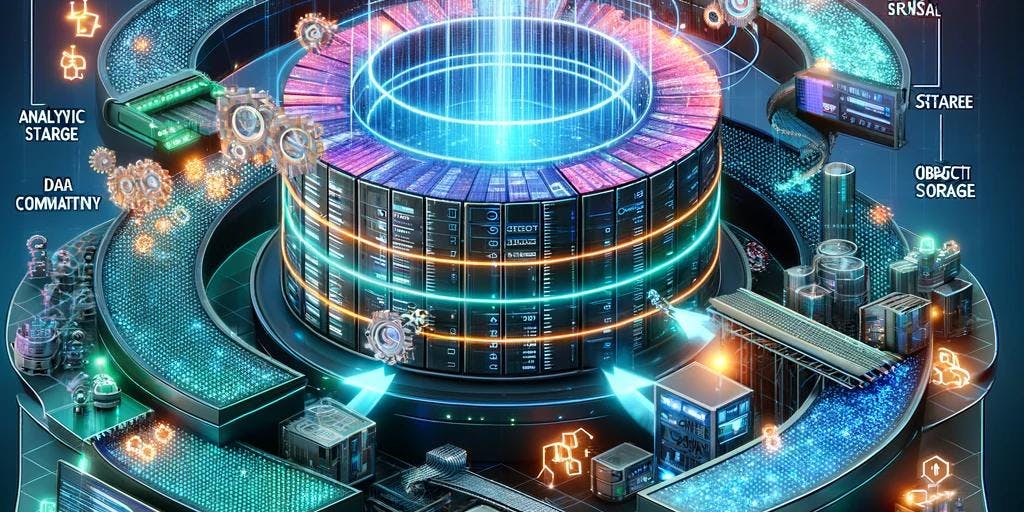Unleashing the Power of Ansible and OpenAI in Infrastructure Automation



Unleashing the Power of Ansible and OpenAI in Infrastructure Automation
Introduction
Hello, everyone! I am absolutely thrilled to take you all on a journey that I've embarked on, a journey that lies at the fascinating intersection of automation, artificial intelligence, and infrastructure management. I have always been passionate about finding new ways to automate tasks in the IT world, and this project of mine is a testimony to that passion.
The Power of Ansible
In the IT infrastructure management world, Ansible has been nothing short of a game-changer. It offers an efficient, simple, and powerful way to automate repetitive tasks, making life easier for system administrators and DevOps engineers alike.
One of the most powerful features of Ansible is its roles. An Ansible role is a reusable and standalone unit of automation that includes all the tasks, files, templates, and variables needed to implement a specific service or functionality. Each role has a specific directory structure, and it's in these directories where the main.yml files lie, ready to carry out the commands that orchestrate the magic of automation.
Building Ansible Roles with a Twist
This is where my application steps in. Instead of manually creating and setting up these Ansible roles, wouldn't it be amazing if we could automate this too? And that's precisely what my application does.
It begins by accepting a CSV file through a POST request. This CSV file holds crucial information about different tools and their repositories. The application then takes this data and starts creating Ansible roles for each tool. It doesn't stop there; it even generates the necessary directories and files that form the backbone of these roles.
The OpenAI Advantage
But, what about the content that goes into these files? This is where OpenAI's AI models step into the picture. Renowned for their ability to generate high-quality content, these models are the perfect fit for our needs.
For each file that needs content, my application sends a prompt to the OpenAI API. The AI model, in response, generates content that fits the prompt, which my application then writes into the file.
Where’s the code?
Head over to the Github repository where you can try it for yourself! Cdaprod/AnsibleRoleBuilder
Please note: This is a simplified version of the code. The actual application includes robust error handling and other key functionalities that are outside the scope of this blog post.
The Road Ahead
The combination of Ansible's powerful automation capabilities and OpenAI's cutting-edge AI models opens up a world of opportunities. I am thrilled about the potential applications and improvements that can be made to this project.
I look forward to refining it further and exploring how I can incorporate more advanced AI functionalities to bolster my automation capabilities. Who knows what exciting developments the future holds for us?
Stay tuned for more updates on this project and feel free to share your thoughts, suggestions, and questions. Until then, happy automating!

